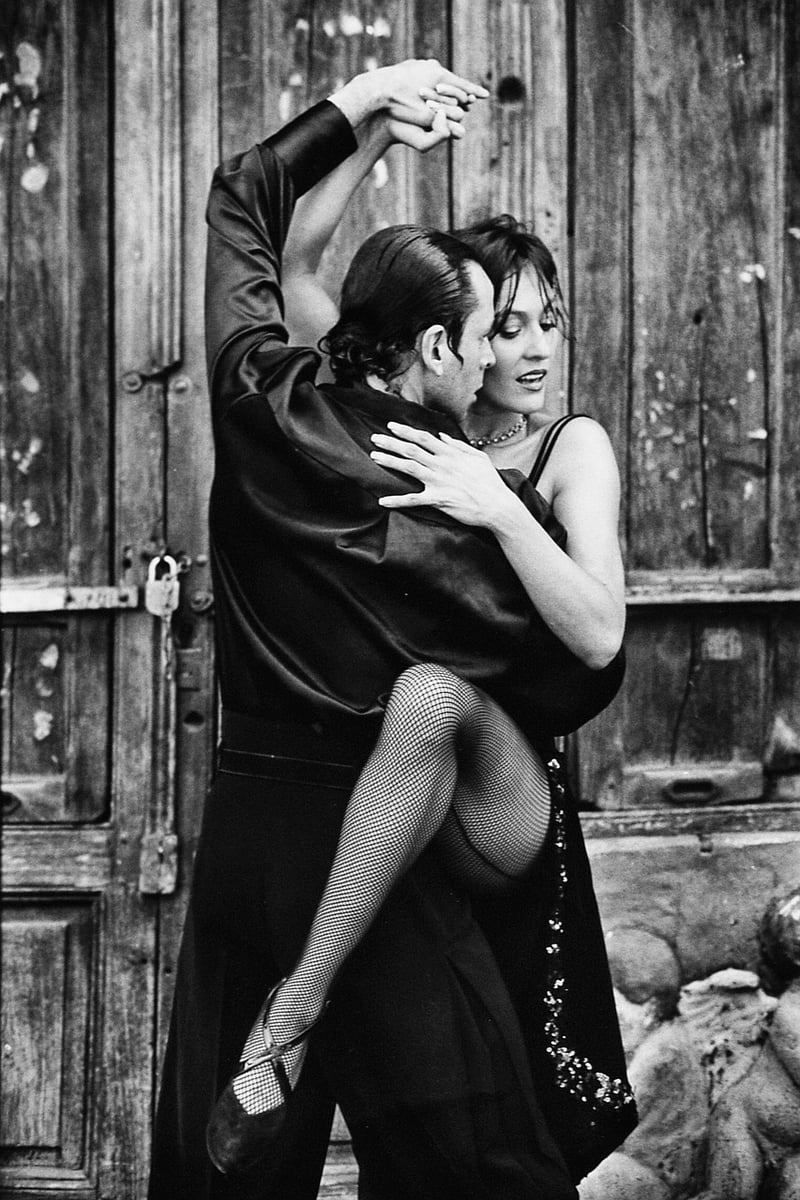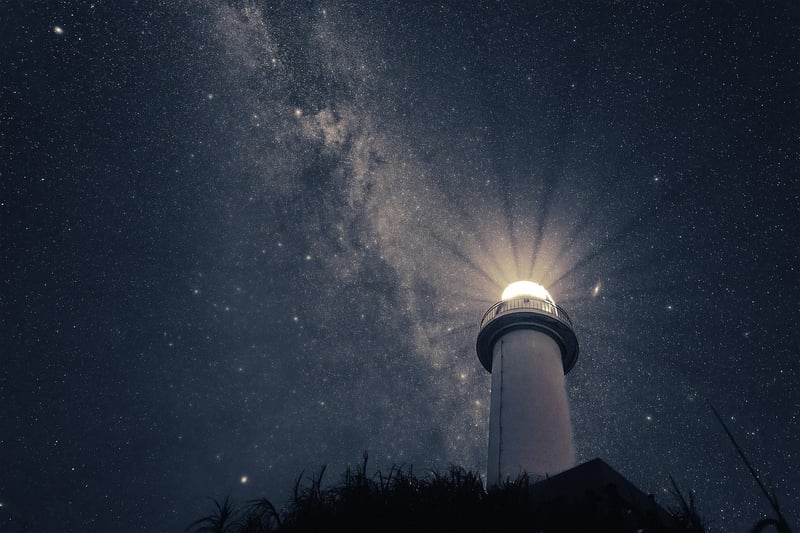Contemporary Dance
The Fusion of Expressive Movement Art Form and Contemporary Dance

Expressive movement art forms have long been a source of inspiration for dancers, choreographers, and artists alike. When these two worlds collide, the result is a mesmerizing fusion of creativity, emotion, and physicality that captivates audiences worldwide.
What is Expressive Movement Art Form?
Expressive movement art form encompasses a wide range of disciplines that focus on the body's movements as a form of artistic expression. This can include but is not limited to, mime, physical theater, performance art, and various forms of dance that prioritize emotion, storytelling, and creativity.
The Essence of Contemporary Dance
Contemporary dance, on the other hand, is a genre of dance that emerged in the mid-20th century and continues to evolve today. It combines elements of various dance styles, including modern, jazz, ballet, and more, to create a unique and expressive form of movement that pushes boundaries and challenges traditional norms.
The Intersection of Expressive Movement Art Form and Contemporary Dance
When expressive movement art form and contemporary dance intersect, the result is a dynamic and innovative blend of physicality, emotion, and storytelling. Dancers draw on a wide range of movement vocabularies to create pieces that are both visually stunning and emotionally resonant.
The Impact on Audiences
Witnessing the fusion of expressive movement art form and contemporary dance can be a transformative experience for audiences. The power of movement to convey complex emotions and narratives transcends language and cultural barriers, creating a shared experience that resonates with viewers on a deep and visceral level.
Exploring New Possibilities
As artists continue to push the boundaries of both expressive movement art form and contemporary dance, new possibilities emerge for innovation and creativity. This fusion opens up avenues for experimentation, collaboration, and exploration, leading to groundbreaking works that challenge conventions and inspire audiences around the world.

In conclusion, the fusion of expressive movement art form and contemporary dance represents a meeting of two worlds that bring together creativity, emotion, and physicality in a way that is both captivating and transformative. It is a testament to the power of movement as a universal language that speaks to the depths of the human experience.